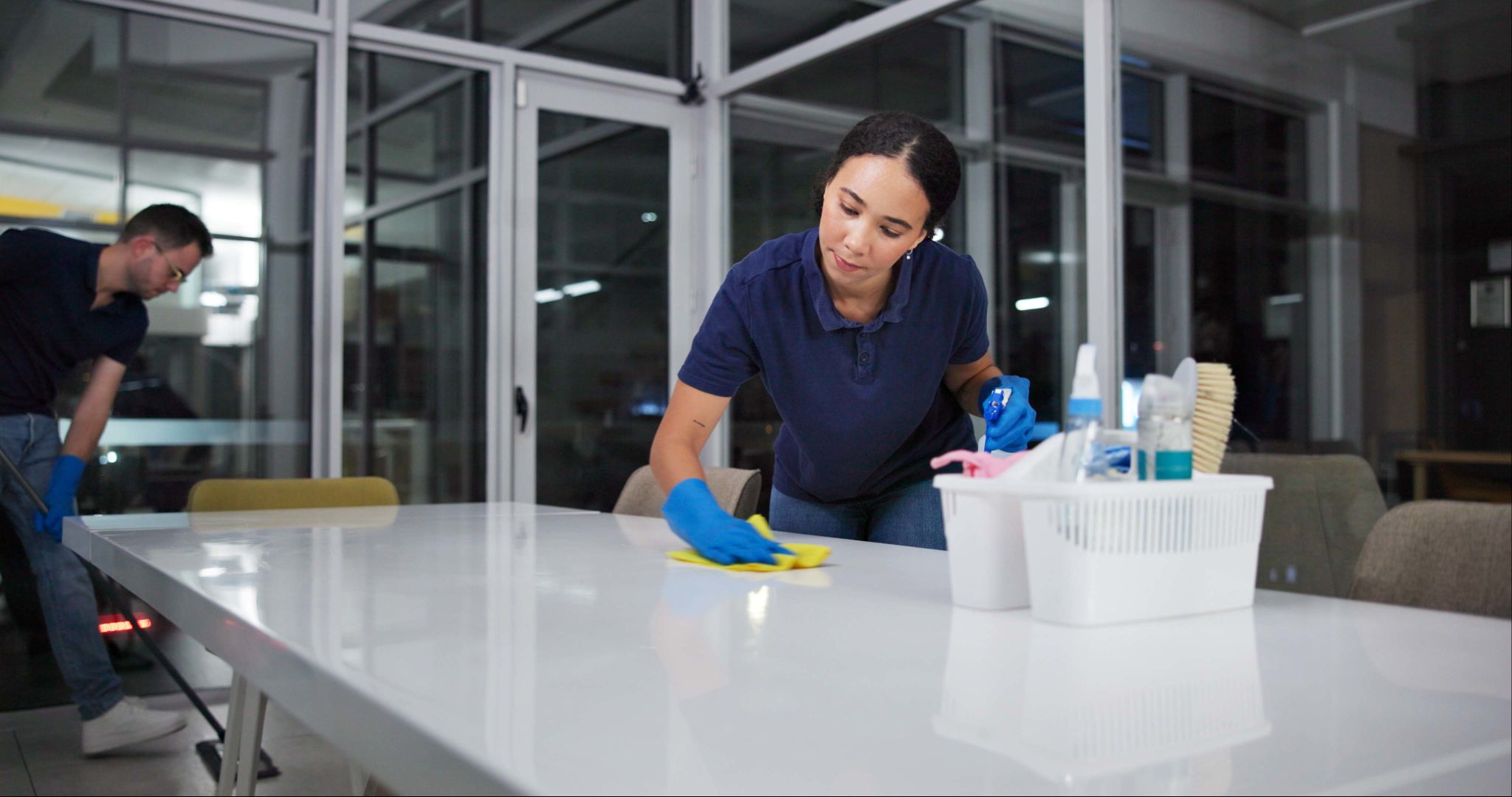Case Study: Successful Implementation of Automation in a Bursa Surface Treatment Facility
Introduction to Automation in Surface Treatment
The world of manufacturing is rapidly evolving, with automation playing a pivotal role in transforming traditional processes. One such example is the successful implementation of automation in a Bursa-based surface treatment facility. By integrating advanced technology, this facility has not only enhanced its operational efficiency but also set a benchmark in the industry.

Challenges Faced Before Automation
Prior to the automation, the facility encountered several challenges that hindered its productivity. Manual processes were labor-intensive and prone to human error, which often resulted in inconsistent quality and delayed delivery times. Additionally, the reliance on skilled labor made the facility vulnerable to workforce fluctuations and increased operational costs.
These challenges necessitated a shift towards automation to ensure consistent product quality and streamline operations. By doing so, the facility aimed to maintain its competitive edge in the market while meeting growing customer demands.
The Automation Process
Implementing automation in the surface treatment process involved several key steps. The first step was to conduct a comprehensive analysis of existing operations to identify areas that required improvement. This was followed by selecting suitable automation technologies that would seamlessly integrate with the plant’s existing infrastructure.

The facility opted for a combination of robotic arms and AI-driven software solutions. These technologies were configured to handle repetitive tasks such as coating and drying, which significantly reduced the potential for human error and improved overall efficiency.
Benefits of Automation
The introduction of automation brought about numerous benefits for the Bursa surface treatment facility. Some of the most notable advantages include:
- Enhanced Efficiency: Automation streamlined operations, reducing processing time and increasing throughput.
- Consistency in Quality: Automated systems ensured uniformity in surface treatment, leading to higher product quality.
- Cost Reduction: By minimizing labor costs and reducing waste, the facility achieved significant cost savings.

Staff Training and Adaptation
Transitioning to an automated system required comprehensive staff training to ensure seamless adaptation. The facility invested in upskilling its workforce, providing them with the necessary knowledge and skills to operate and maintain the new automated systems effectively. This not only empowered employees but also fostered a culture of innovation and continuous improvement.
Future Prospects
Looking ahead, the successful implementation of automation has positioned the Bursa surface treatment facility for future growth. With increased production capacity and improved quality standards, the facility is well-equipped to expand its market reach and cater to a broader customer base.
The adoption of automation also paves the way for further technological advancements, such as the integration of IoT devices and data analytics, which could provide deeper insights into operational performance and drive further efficiencies.
Conclusion
The case study of the Bursa surface treatment facility highlights the transformative impact of automation in manufacturing. By embracing cutting-edge technologies, the facility not only overcame its operational challenges but also achieved remarkable success in terms of efficiency, quality, and cost-effectiveness. As more businesses recognize the potential of automation, it is likely to become an integral component of modern manufacturing processes worldwide.
